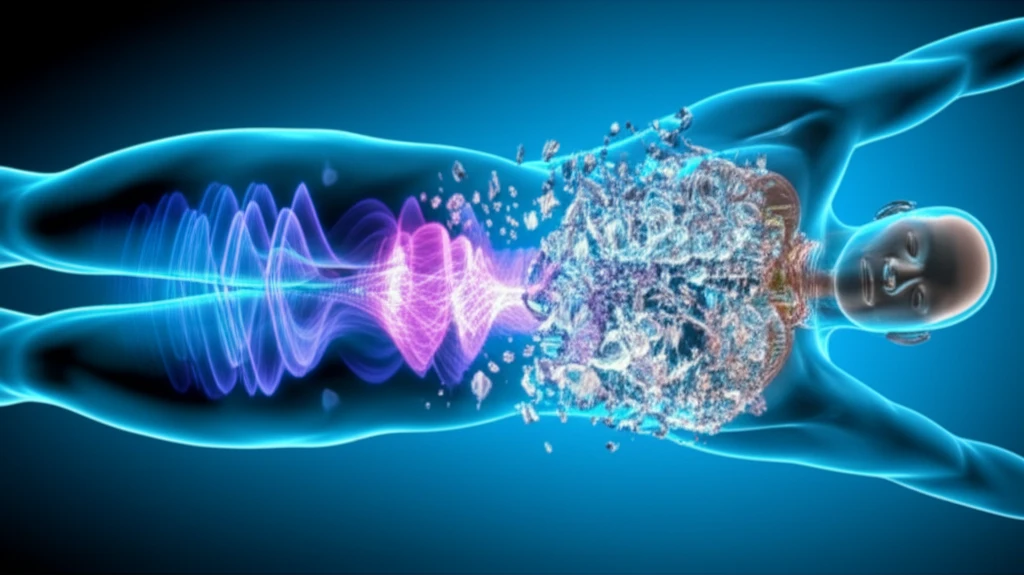
Shockwave Lithotripsy for Ureter Stones: What You Need to Know
"A closer look at the transgluteal approach and its impact on treating distal ureter stones effectively."
Shockwave lithotripsy is a common treatment for kidney and ureter stones, using high-energy sound waves to break stones into smaller pieces that can be passed more easily. The approach to deliver these shockwaves can vary, and one such method is the transgluteal approach, where the shockwaves are delivered through the gluteal muscles.
A study published in the World Journal of Urology explored the effectiveness of the transgluteal approach for treating distal ureter stones. Distal ureter stones are located in the lower portion of the ureter, near the bladder, and can cause significant pain and discomfort. The study aimed to evaluate if this approach was a viable option for patients.
Recently, an author correction was issued for this study to address an inaccuracy in the funding number. While this correction doesn't change the study's findings, it's an important detail for transparency and accuracy in research. This article will delve into the study's original findings, the correction, and what the transgluteal approach to shockwave lithotripsy means for treating distal ureter stones.
Understanding the Transgluteal Approach in Shockwave Lithotripsy

The transgluteal approach involves delivering shockwaves through the gluteal muscles to target stones in the distal ureter. This method has potential benefits, but also requires careful consideration of patient anatomy and potential risks.
- Effectiveness: The study likely provided data on the stone-free rate, meaning the percentage of patients who were completely cleared of stones after the procedure.
- Safety: The research would have examined potential complications such as pain, bleeding, or damage to surrounding tissues.
- Patient Selection: The study may have identified specific characteristics of patients who are most likely to benefit from this approach.
The Future of Stone Treatment
The transgluteal approach to shockwave lithotripsy represents an option in the treatment of distal ureter stones. As research continues, healthcare providers will refine their techniques and criteria for patient selection, potentially leading to even better outcomes.
If you're experiencing symptoms of kidney or ureter stones, such as severe pain, blood in your urine, or frequent urination, it's important to consult a healthcare professional. They can properly diagnose your condition and recommend the most appropriate treatment plan for your specific needs.
By staying informed about the latest advancements in stone treatment, you can actively participate in decisions about your health and well-being. Remember, the information presented here is for educational purposes and doesn't substitute for professional medical advice.
